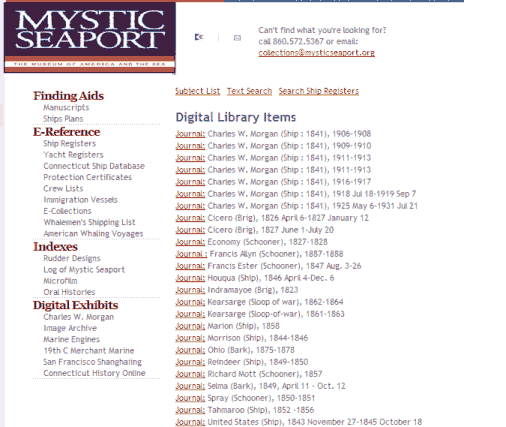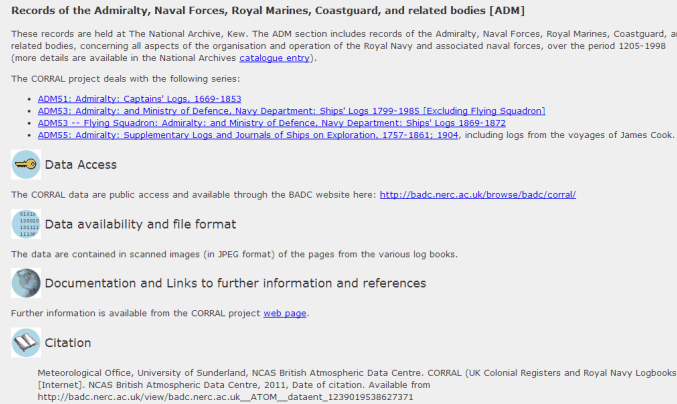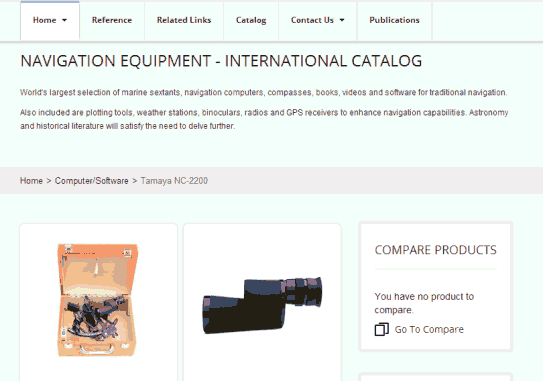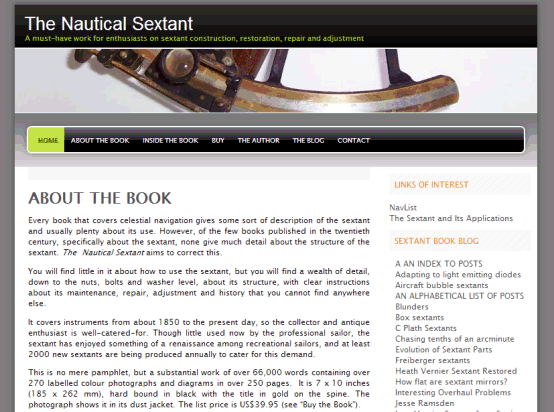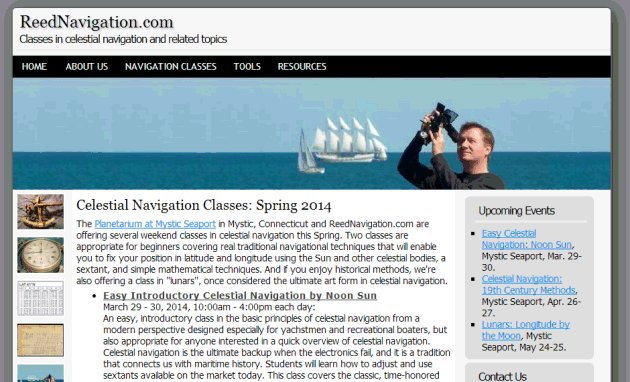
NavList:
A Community Devoted to the Preservation and Practice of Celestial Navigation and Other Methods of Traditional Wayfinding
From: Frank Reed
Date: 2025 Apr 5, 06:38 -0700
Bill Ritchie, jumping to your last question first, you wrote:
"Do you regard this a 'bumbling around'?"
Absolutely not. Of course not! :) Now that that's out of the way...
You wrote:
"Astron data differs from your tables by 0.1' on up to 20% of samples. "
It's not clear that this amounts to anything significant. You realize that this could be just minor rounding differences at the level of one second of arc, right? If your numbers and mine differ randomly by +/- 0.5 arcsec (statistics left undetermined), then some small number of cases would show a tenth of a minute difference when rounded to tenths of a minute. It doesn't mean much to compare at this level... Have you compared your app's geocentric lunar distances with mine when displayed in seconds of arc? Or in decimal degrees? What is the actual s.d. of differences?
You continueds:
"This is because I use lesser data sources than NASA/JPL so that the software will work offline."
Interesting hypothesis! But is it so? I have some apps that are web apps --which use a very small quantity of online data, and I have some apps that I have converted into stand-alone tools --which can use small quantities of online data when available but are designed for off-network use, too. This is a question of seeing what the market wants --which is not much, either way! :) But all of my apps use the same ephemeris/astronomy database, and it is the data from the JPL numerical integrations. Each single calendar day of data for Sun, Moon, navigational planets,and 57+1 "official" navigation stars fits into less than 256 bytes. And that's the way it has been for over twenty years. In fact, in the next iterations of my apps, I'll be upgrading the daily data allocation by a substantial factor since... well, things have changed in twenty years!
I highly recommend using the JPL data (or for fans of other high-end numerical integrations, any ephemeris data rendered down to a simple database). It is an error to think that the JPL data (not stars, btw) is some enormous mass of data with its own gravitational field. For celestial navigation we need position data only to the nearest tenth of a minute of arc or maybe the nearest second of arc (to get nearest tenths most of the time after rounding). So take their data and parse it down. Then your only calculation at each instant of UT is an absolutely trivial linear (or maybe quadratic?? ...that's a coding choice!) interpolation. I have been explaining this to other navigation developers for years and years and years. Why don't they listen? That's an interesting question in psychology, but not relevant to our discussion right now.
You added:
"I find it interesting to compare the body/hour combinations where you quote a value and I do not, or vice versa. It all depends on cut off values, such as minimum Moon/Body altitude, proximity of Venus to Sun, etc. which are, to a great extent, subjective."
Yes, it is subjective. It's a design choice. :) I have never seen your tables before, and what I, personally, find interesting is that you have carefully copied the style of my tables, adding in an option for 1hr, 2hr, 3hr data and a very similar sort of local visibility option. This is great! I'm glad to see that you like my design choices. The minor difference in what counts as "visible" is, as you say, subjective.
You concluded:
"The user notes give a method of listing the reasons for inclusion or rejection of any body /hour combination."
Heh. Rule one: nobody reads instructions.
Finally, I have a minor, minor, minor "note from the head office" (anyone watching 'The Studio'?)...
I had to check on your "ground zero" location. You listed it as "NYSE". Now, of couse, that's usually a shorthand for "New York Stock Exchange" but for a celestial navigation app?? Naaah. It couldn't be! So I checked. And it is!! Are there a lot of lunarians standing in front of the New York Stock Exchange on a Monday morning aiming their sextants at the sky? Will we live to see the day when the opening bell is rung based on a pocket watch set by lunars?!? That would be spectacular. :)
Spectacular?? Hell, that would make America great again. I can just picture President Trump and his Techno-bro sidekick standing before a great throng of admiring fanboys... but not at the NYSE, rather in front of Trump Tower. The dimwitted narcissistic fool we call "president" would aim his sextant at some entirely incorrect patch of the sky... Then he would meaningfully slide the index arm from 0° to 120° and back. Then little Elon would lean in, studying the sextant's reading, and comparing against one of my apps. They would then announce in Triumph that "Trump has determined absolute time to the nearest millisecond and demonstrated the depravity of the world's Communist astronomers". And "He" will then sign a decree declaring the new "Golden Prime Meridian", the new zero of longitude of the United States of Amerika, passing right through the foot of the escalator in Trump Tower, the location where all true history began... Hard to imagine? Not so much anymore...
Frank Reed
Clockwork Mapping / ReedNavigation.com
Conanicut Island, North America

